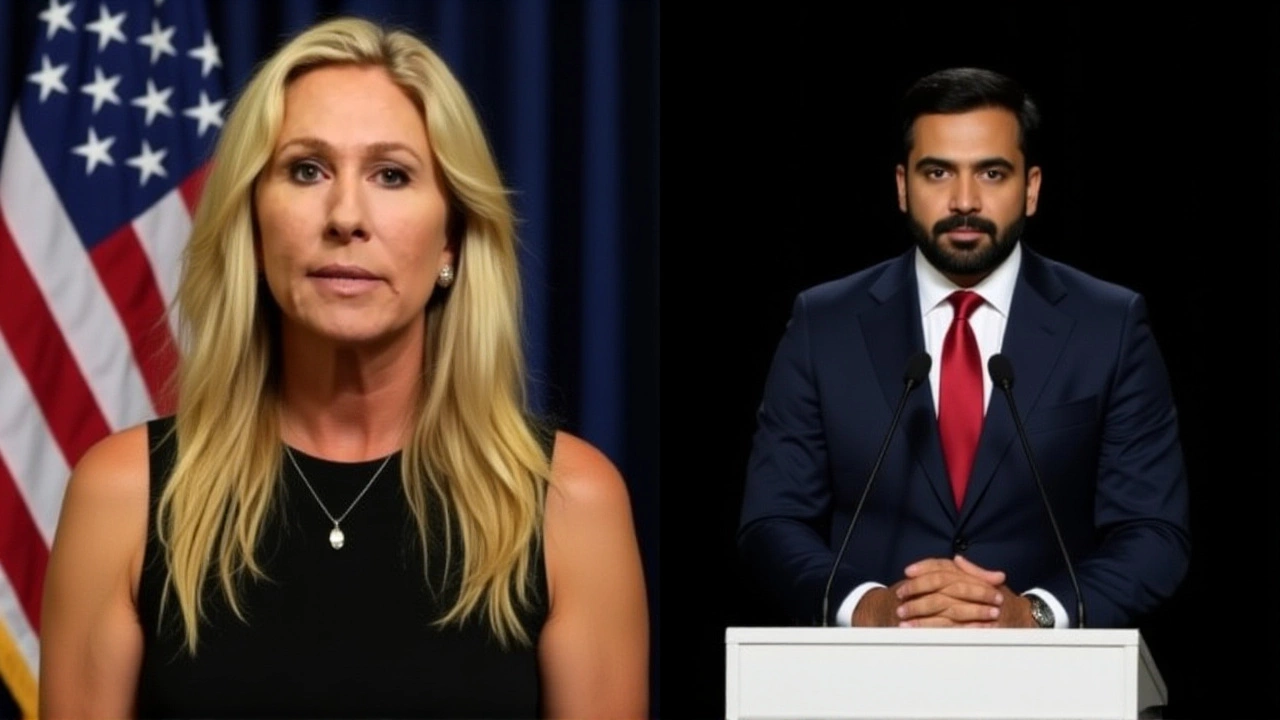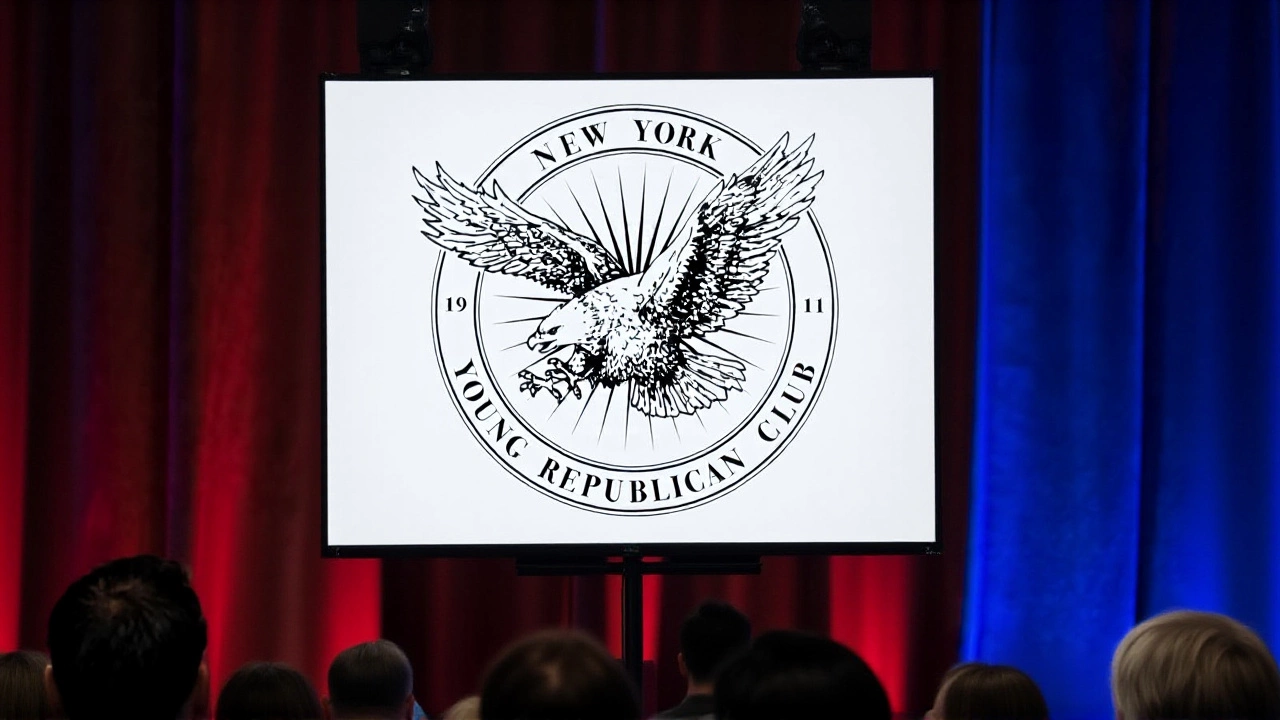Zohran Mamdani Leads NYC Mayoral Race with 46% Support

When Zohran Kwame Mamdani, a New York State Assemblymember for the New York State Assembly topped the latest Quinnipiac University poll with 46 % of likely voters, the NYC mayoral race suddenly felt less like a marathon and more like a sprint. The numbers came out in early October 2025, just days after incumbent Mayor Eric Adams withdrew, and they put Mamdani ahead of independent former governor Andrew Cuomo (33 %) and Republican former police commissioner Curtis Sliwa (15 %). The three contenders are slated to square off in a live debate on Thursday, Oct. 16, 2025, at 7:00 PM EDT, a showdown that could cement or shatter the current lead.
Background and Early Career
Born in Kampala, Uganda, Mamdani moved to South Africa at age five and then to the United States at seven, settling in Queens. He is the son of noted scholar Mahmood Mamdani and Academy‑award‑winning filmmaker Mira Nair. After graduating from the Bronx High School of Science and earning a BA in Africana studies from Bowdoin College, he dabbled in hip‑hop before turning to community work as a housing counselor.
His political apprenticeship began behind the scenes, managing campaigns for Queens activists Khader El‑Yateem and Ross Barkan. In 2020, Mamdani upset four‑term incumbent Aravella Simotas in the Democratic primary for the 36th Assembly district, becoming the youngest Black legislator from Queens. Re‑elected without opposition in 2022 and 2024, he built a reputation for bold, hands‑on advocacy — from hunger‑striking with taxi drivers to force a $450 million debt‑relief package, to spearheading a successful fare‑free bus pilot.
Campaign Platform and Grassroots Engine
Unlike the traditional borough‑by‑borough slog, Mamdani’s campaign is built on a handful of concrete promises, each tied to a specific budget line:
- City‑wide fare‑free bus service by 2027.
- Universal public child‑care for families earning under $150,000.
- Municipally owned grocery stores in food‑desert neighborhoods.
- A rent‑freeze on all rent‑stabilized units for the next five years.
- Expansion of affordable housing by 20 % over the next decade.
- Comprehensive public‑safety reform that shifts resources toward mental‑health and community‑based interventions.
- A $30 minimum wage target for 2030, funded in part by higher corporate taxes on earnings above $1 million.
These pledges have attracted a coalition of progressive power‑brokers: U.S. Senator Bernie Sanders, Rep. Ilhan Omar, and Rep. Alexandria Ocasio‑Cortez have all offered endorsements. In the field, Mamdani’s ground game is staggering – more than 50,000 volunteers have knocked on 1.6 million doors and placed over 2 million phone calls, according to campaign data released in September.

Polling Landscape and Voter Demographics
A Quinnipiac University poll released in early October (the poll’s methodology was disclosed by Quinnipiac University’s Poll Assistant Director Mary Snow) showed Mamdani with a double‑digit cushion over his nearest rival. The breakdown is telling:
- Democrats: 60 % support
- Asian‑American voters: 67 %
- Voters ages 18‑34: 62 %
- Self‑identified non‑religious: 69 %
Cuomo’s strongest base is among Jewish voters (60 %), while Sliwa draws the majority of the Republican electorate (54 %). The poll also noted that after Adams’ exit, many of his former supporters migrated to Cuomo, narrowing Mamdani’s lead but not erasing it.
Debate Night and Upcoming Stakes
Saturday’s debate, officially titled the NYC Mayoral DebateBrooklyn Academy of Music, will be the first live‑televised face‑to‑face among the three. Organizers expect a viewership of over 4 million across broadcast and streaming platforms. Mamdani plans to lean heavily on his record of concrete wins – the fare‑free bus pilot and the $450 million debt relief – while Cuomo is likely to tout his statewide experience and promise a return to “steady governance.” Sliwa, meanwhile, will probably double‑down on law‑and‑order rhetoric, a message that still resonates in many outer‑borough precincts.
Political analyst Jenna Morales of the New York Center for Urban Policy warned, “If Mamdani can translate his grassroots enthusiasm into a broader coalition that includes moderate Democrats and some disaffected independents, he could become the first socialist‑leaning mayor of a city the size of New York.”

Implications for New York City Politics
A Mamdani victory would mark a seismic shift. The city’s budget, already strained by pandemic‑related deficits, would need to accommodate roughly $4 billion in new social programs – a figure that would likely require the corporate tax hikes outlined in his platform. Critics, including the Business Council of New York, argue the plan could scare away investment, while progressive groups claim it’s a necessary correction to decades of inequality.
On the other hand, a Cuomo or Sliwa win would keep the city on a more centrist or conservative trajectory, potentially delaying fare‑free transit and the ambitious rent‑freeze. Both scenarios would reverberate beyond the boroughs, influencing upcoming gubernatorial races and the Democratic National Committee’s calculus for the 2028 presidential primary.
Regardless of the outcome, the upcoming debate is set to be the fulcrum on which the race tilts. Voters will be watching not just policy pitches but also temperament, especially after the chaotic mayoral tenure of Eric Adams. As one volunteer, 27‑year‑old Grace Mausser of the NYC Democratic Socialists of America, put it, “We’re fighting for a city where the government actually shows up for everyday people – not just on paper.”
Frequently Asked Questions
How does Zohran Mamdani’s platform affect low‑income New Yorkers?
Mamdani proposes fare‑free city buses, city‑owned grocery stores in food‑desert areas, and a rent‑freeze on stabilised units. If funded, these measures could save an average low‑income family up to $1,200 a year on transit and housing costs, while providing reliable access to affordable fresh food.
What are the main criticisms of the corporate tax hikes in Mamdani’s plan?
Business groups argue higher taxes could deter companies from expanding in NYC, potentially leading to job losses. Economists caution that a 3‑percentage‑point increase on earnings above $1 million might shrink the city’s tax base unless offset by growth in other revenue streams.
Why is the upcoming debate considered a turning point?
It’s the first live, televised test of each candidate’s ability to articulate policy under pressure. Historically, New York City debates have swung undecided voters; a strong performance by Mamdani could cement his lead, while a stumble could open a path for Cuomo or Sliwa.
Which voter groups are most likely to sway the final outcome?
Young voters (18‑34) have shown strong support for Mamdani, while Jewish voters lean heavily toward Cuomo, and moderate Republicans back Sliwa. Turnout among independents and swing‑district residents will be crucial in the final weeks.
What is the timeline for implementing Mamdani’s key policies if he wins?
The fare‑free bus program is slated for a pilot in 2026, with city‑wide rollout by 2027. The rent‑freeze would be enacted through an amendment to the rent‑stabilization law early in his first term, while the $30 minimum wage target is set for 2030, contingent on annual budget approvals.